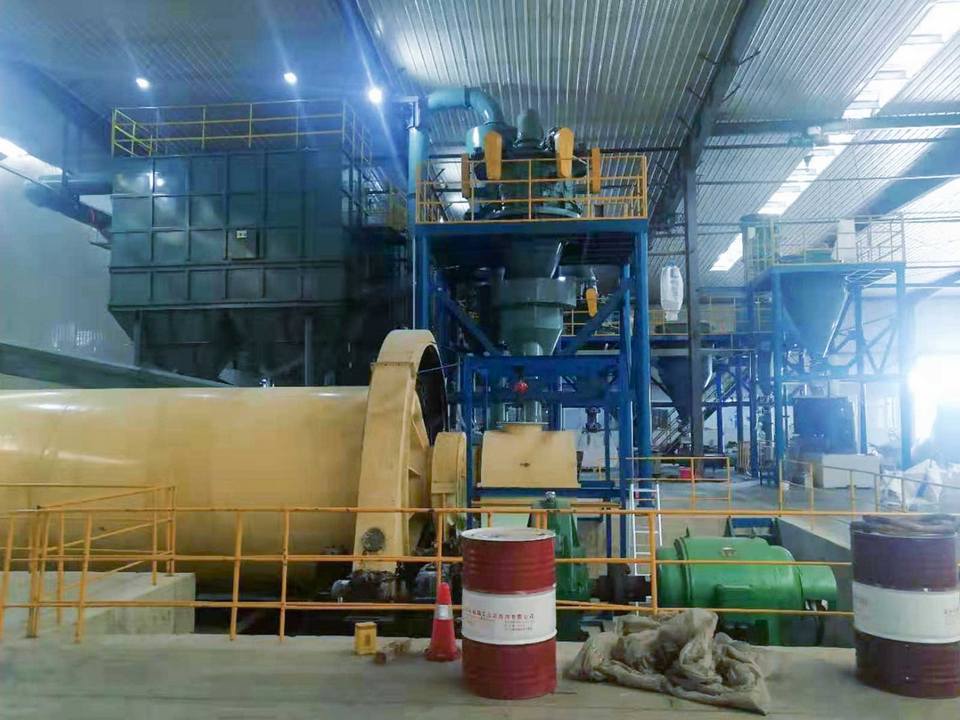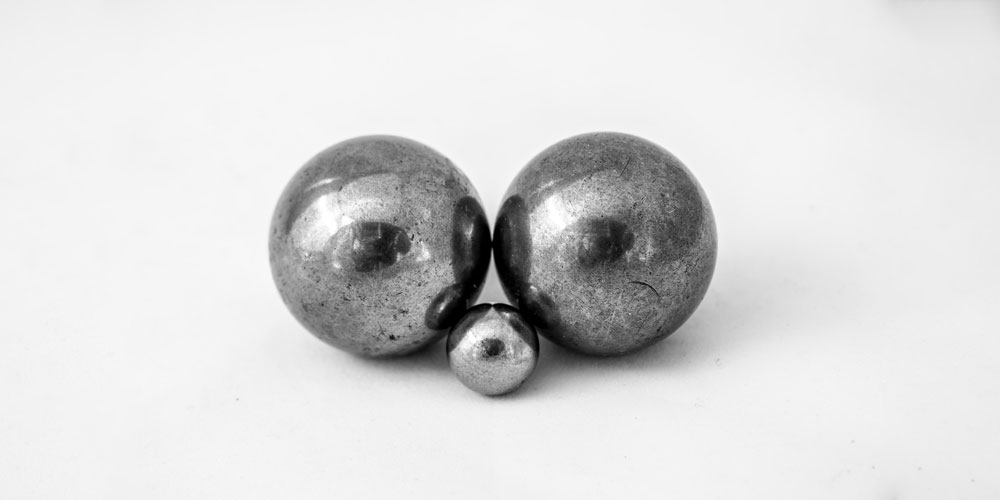Reasons for the lower and lower output of ball mills
- “Saturated grinding” is the main reason that affects the output of ball mills
When the output of the ball mill is getting lower and lower, the first thing to consider is whether there is a phenomenon of “saturated grinding”. The causes of “saturated grinding” are: too much feed; the hardness and particle size of the grinding material become larger; The material has too much moisture; the steel ball grading is unreasonable; the compartment board or the grate is blocked by debris. The solution to the “full grinding” problem: reduce the amount of feed; when the size or hardness of the grinding material changes, make corresponding adjustments in time; adjust the water content of the grinding material; reasonably configure the large, medium, and small steel balls Than; clean up the blockage of the compartment board or grate seam; increase the ventilation of the ball mill cylinder.
- The working time of the ball mill is too long
The length of the milling time directly affects the product composition and purity, and the impact of the milling time on the particle size is also obvious. In the initial stage, with the extension of time, the particle size decreases faster, but after the ball milling for a certain period of time, even if the ball milling time continues to be extended, the particle size value of the product does not decrease too much. Different materials have different optimal ball milling times. On the other hand, the longer the milling time, the more serious the pollution caused, which affects the purity of the product.

- Failure to add steel balls in time
The grinding effect of the ball mill and the output are restricted by the steel balls of the ball mill. With the grinding and impact of the steel balls in the cylinder, the steel balls will wear out. Therefore, the steel balls must be added in time to ensure the output of the ball mill consistency.

- The temperature in the cylinder rises
The temperature of the ball mill increases during operation, the effective strain of the ball mill to form nanomaterials is reduced, and the crystal grain size increases, which significantly affects the mechanical properties of the powder made into bulk materials. Moreover, whether the final product of ball milling is solid solution, intermetallic compound, nanocrystal, or amorphous phase, diffusion is involved, and diffusion is affected by the grinding temperature, so temperature is also an important factor affecting the output of the ball mill.
- The material moisture content is too high
Due to the large moisture content of the material, the uniformity of the feeding is affected and the feeding time is prolonged. Secondly, because the wet material is fed too much, it may cause the phenomenon of paste ball and paste liner in the mill, and even “full grinding” will be forced to stop the grinding process. Generally speaking, for every 1% increase in the comprehensive moisture of the material entering the mill, the output of the ball mill will decrease by 8%-10%; when the moisture is greater than 5%, the ball mill basically cannot perform grinding operations.
- Addition ratio of grinding aid
Grinding aids are allowed to be added in the cement production process, but the addition amount should not exceed 1%. Adding more than this standard is unreasonable. In addition, most of the grinding aids are substances with strong surface activity, which are not suitable for all materials. They should be added reasonably according to the nature of the materials.
To sum up, if the output of your ball mill is getting lower and lower, first check whether the “full grinding” phenomenon occurs. If not, then perform investigations based on other reasons to find the crux of the problem, and then you can fundamentally solve the problem of low output. The problem caused the ball mill to resume production as soon as possible, bringing greater economic benefits.
